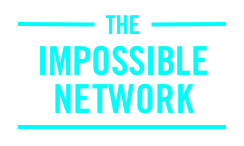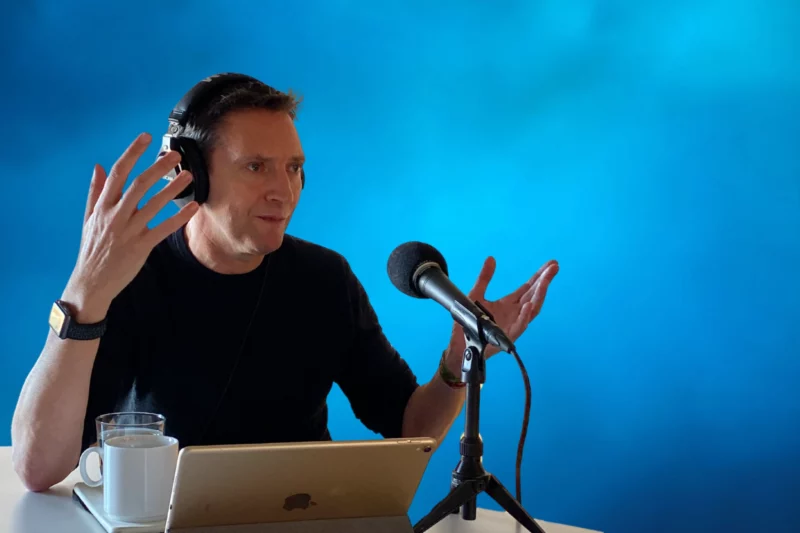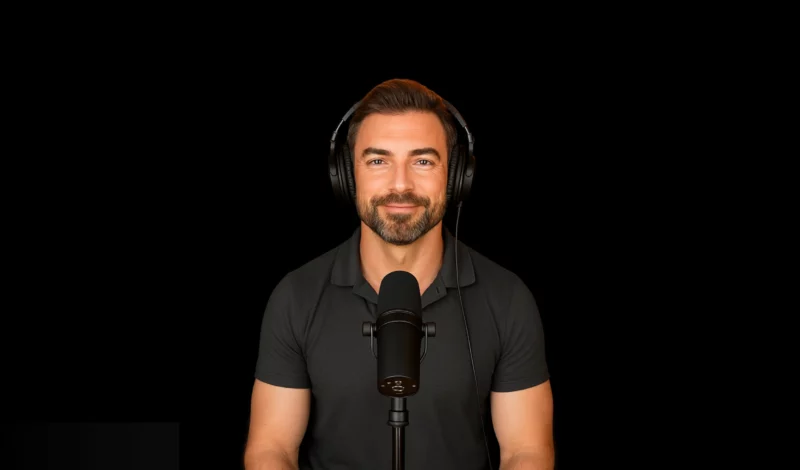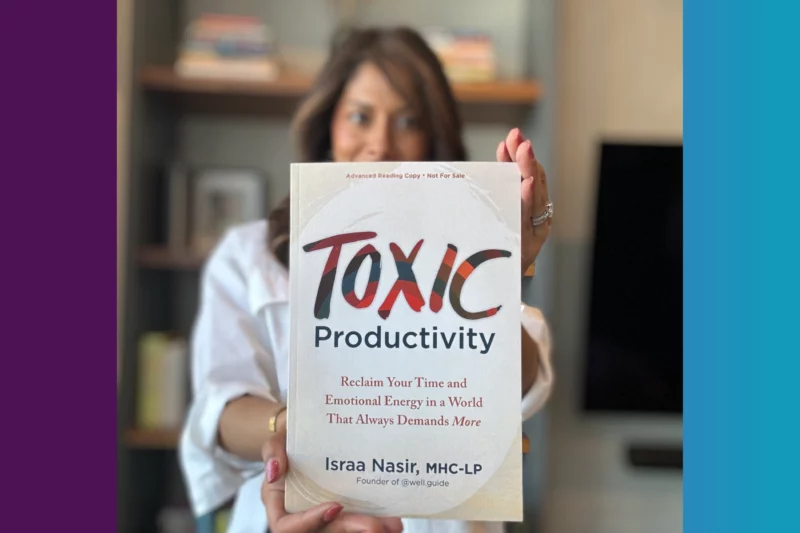Guest Overview
Pamela H Smith was born and raised in a small isolated California town, influenced by what she describes as a ‘consistent, persistent, and gentle’ math teacher father and the ‘artistic and creative’ mother, serendipity led her to discover her love of the history of science in Woolongong University in Australia and then commit her life to be a historian of science.
Pamela is a Professor of History at Columbia University and Founding Director of the Center for Science and Society where she leads the Making and Knowing Research Project.
In part one of this two-parter, we discuss Pamela’s upbringing and her journey into the history of science. We also discuss the evolution of science, human progress through the centuries, creativity, curiosity and the acceleration of knowledge and the influence of social organization and networks as our economies and trade networks developed.
We also discuss the growth of cities, the emergence of artisan class and changing roles they played.
In Part two we discuss how Pamela H Smith established the Making and Knowing Research Project, its purpose and we discuss the origins of her most recent launch – The Secrets of Craft and Nature in Renaissance France. A Digital Critical Edition and it’s English Translation. That might sound dry to many but this is a remarkable sixteenth-century manuscript that contains over 900 recipes for making art objects, medical remedies, and materials for the household and workshop.
Pamela explains how the craft workshop practices record extensive first-hand experimentation with natural materials and provide unique insights into the material, technical, and intellectual world of the late sixteenth century and bring a better understanding of how and why nature was investigated, collected, and used in art in early modern Europe. It sheds light on the origins of the natural sciences in the creative labors of Renaissance artists and artisans’ workshops.
The digital critical edition is an open-source resource is available for anyone to experiment and follow the recipes and directions.
We also cover her views of education, failure, persistence and the need to create a more evolved and sustainable economic model.
Please enjoy and share this extensive exploration and mind-expanding journey through the history of science with Pamela H Smith.
What we discuss:
Pamela’s upbringing in a small Sierra Nevada community and the freedom she had to explore and play in the wilderness.
The influence of the consistent, persistent, and gentle math teacher father and the artistic and creative streak of her mother.
Living with frugality and environmental awareness at an early age.
Her media consumption habits of one radio station and Time Magazine compared to today’s children.
Schooling in California in the 60’s and ’70s and the importance of creativity and not testing.
The lack of history in the curriculum.
Developing her worldview and the influence of Buckminster Fuller
Moving to Australia in her final year of high school and developing her love of Science
Attending University in Wollongong and how she serendipitously encountered the History of Science as part of her Degree
The development of the science and the investment in knowledge-making
We discuss progress, science, and creativity and the acceleration of knowledge
Pamela reflects on science and human engagement in nature and natural materials and the influence of social organization and networks
The emergence of technological development and trade networks that accelerated science, knowledge and social scientific theories
Development of national science foundations in the 1660s
We discuss curiosity through the ages and quest for knowledge and the emergence of cities and the artisan class.
Development of guilds and trade association and the changing perception of mind-work and hand-work.
Pamela explains the development and value of mechanical artists and liberal arts and what was the first creative class.
The process versus the product of creativity
Pamela explains the Making and Knowing project and the fusion of disciplines to study the connection between craft and science
The emergence of the Royal Society and the first project of interviewing artisans to identify general principles
Active Science vs Certain Science
The parallels to the creative class of today
I ask Pamela about her thoughts in imitation and she explains the development of Intellectual property and propriety forms and the nature of our economy.
We discuss theory and practice and persistence and the culture of fearing failure.
Pamela describes the development of The Digital Critical Edition the verbatim translation of the French Manuscript of over 400 pages of artisanal recipes and makes this open-source and available for the public and artisans.
The recreation of the objects that have been created by her students.
Interest in the human hand and it’s capacity in nature.
We discuss the aims of Pamela to facilitate and create a new maker sensibility in today’s world and how this could create a new economic and sustainable model based on handwork and craft. Pamela cites examples from India.
We also discuss the imperative of embracing new economic models, the need to celebrate diversity, the importance of persistence.
Social Links
Links In the Show
Bernard Pallisy on Theory and Practice



